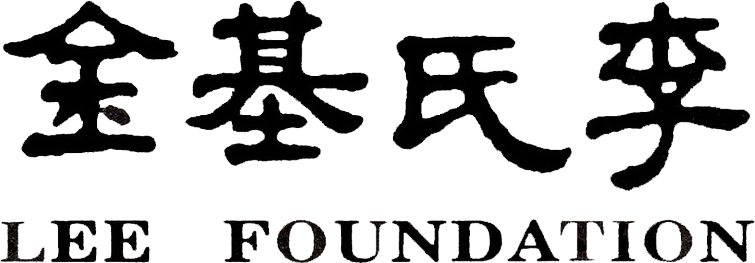Distinguished Guest Column
By Lakshmi Vishwanathan

I think it was Rabindranath Tagore who first established Santiniketan as a campus for the Arts. Perhaps Rukmini Devi was inspired by that. Her husband Bishop Arundale played a significant part in giving it an international profile, envisaging a composite multidisciplinary educational programme. Fortunately both institutions have survived the ravages of time. Both are over sixty years old. Poet Vallathol laid the ground work for Kerala Kalamandalam, focusing on Kathakali and allied arts in the lush setting of Cheruthuruthi, on the banks of the Bharatapuzha river. Kalamandalam too has stood the test of changes. Later institutions have sprung up in other parts of India, like Odisha, and Karnataka and are trying their best to fulfill the need for art campuses. Some are crying out loud:”Where have all the Gurus gone?”
We may wonder as to how successfully these institutions filled the gap created by the gradual fading away of the original Gurus and Gurukulams/Gurukuls. The old system relied on one Guru for a chosen set of pupils. Take the case of Bharatanatyam…. In their ancestral villages, Nattuvanars taught dance in what is known as the “Silambukoodam”, where young girls learnt not only dance but also music and languages. From dawn to dusk, they had a scheduled life of training and were eventually presented in performance only when the Guru felt they were ready. They learnt everything that needed to be known to become dancers, from their versatile Guru, who sang, played instruments and also composed dances. Nothing was written in books. Like learning the Vedas, repeated practice ensured creditable knowledge. When Gurus left the villages of Tanjavur and came to Madras, their survival depended on new students. They modified the Gurukulam system. However they demanded undivided attention from students and put them through intense learning. I myself spent the best part of everyday in my Guru Kanjivaram Ellappa’s house and Guru Vempatti Chinna Satyam’s class, to learn not only dance, but the music that I danced to. Such Gurus allowed us to observe their teaching and also inspired us with their uncompromising standards of excellence. Guru Ellappa a prolific singer, insisted on my singing the song be it Varnam or Padam perfectly with all nuances in place, before moving even a step to dance to it. The accent was on becoming a skillful and intelligent dancer, with a deep understanding of the music and lyrics.
Kalakshetra began with classes taught by the traditional Gurus, including the most famous Pandanallur Meenakshisundaram Pillai. But Rukmini Devi a pioneer of modern Indian culture also had the foresight to institutionalize the teaching, with separate music teachers. She also included allied arts like drawing, painting, and later other dance forms like Kathakali. She never conducted an Arangetram! The five year course gave a diploma, and later a post diploma meant to equip students with a basic knowledge of theory as well. The interesting thing is most of her early teachers from hereditary families had experienced the real Gurukulam. So they brought that ethos to the first few batches of students. Rukmini Devi even ensured a village atmosphere with classes and homes sheltering students under thatched roofs. Kalakshetra equipped students to face the stage in their own campus, and gave them opportunities to perform in dance-dramas based on their respective abilities. Above all they were given very good teacher-training. Thus it is that although many stars did not come out of Kalakshetra, any number of mini Kalakshetras have been functioning everywhere for the past several decades.
Kalamandalam has ensured that the intricate dance –drama tradition of Kathakali is alive and well. Their campus may be drawing fewer full time students, but scholarships help in moulding committed students. Big names in the dance form, its special Sopanam music, and in the various percussion instruments like Chenda and Maddalam have been the resident Gurus and continue to be there. The kind of all round training, as well as the special oil massages that young students need to have for strengthening their bodies is possible only in such a campus. Their theatre, Koothambalam is one of the finest for that Kerala architectural ambience. Their performing troupe is busy both in India and abroad.
Dance villages purporting to be Gurukulams cannot survive without three important aspects : Gurus of stature, funding from Government, and student response. We are yet to dream of Dance universities. Students of dance are gradually navigating to scholarship, research, writing, and other dance-oriented activities. After all everybody cannot be a star dancer or eminent Guru. Time will tell what modern India does to our dance heritage.
Lakshmi Vishwanathan is an eminent dancer and author.









